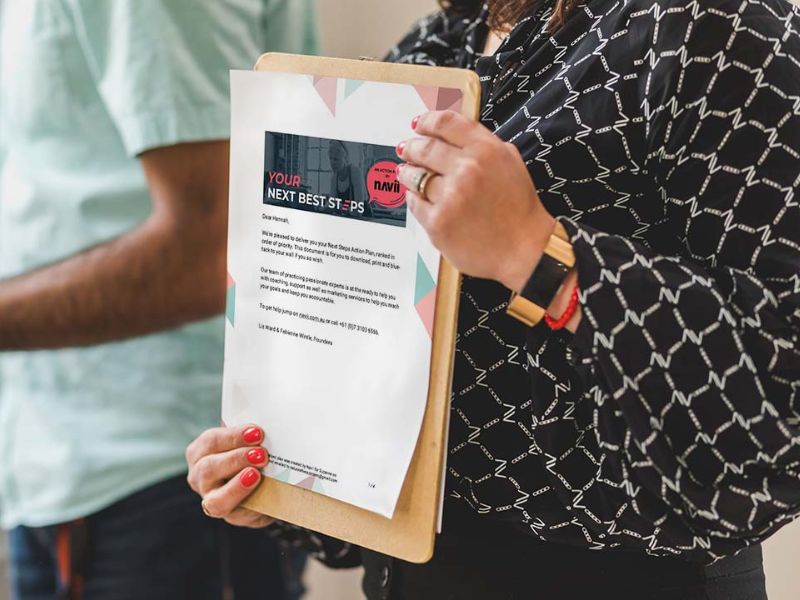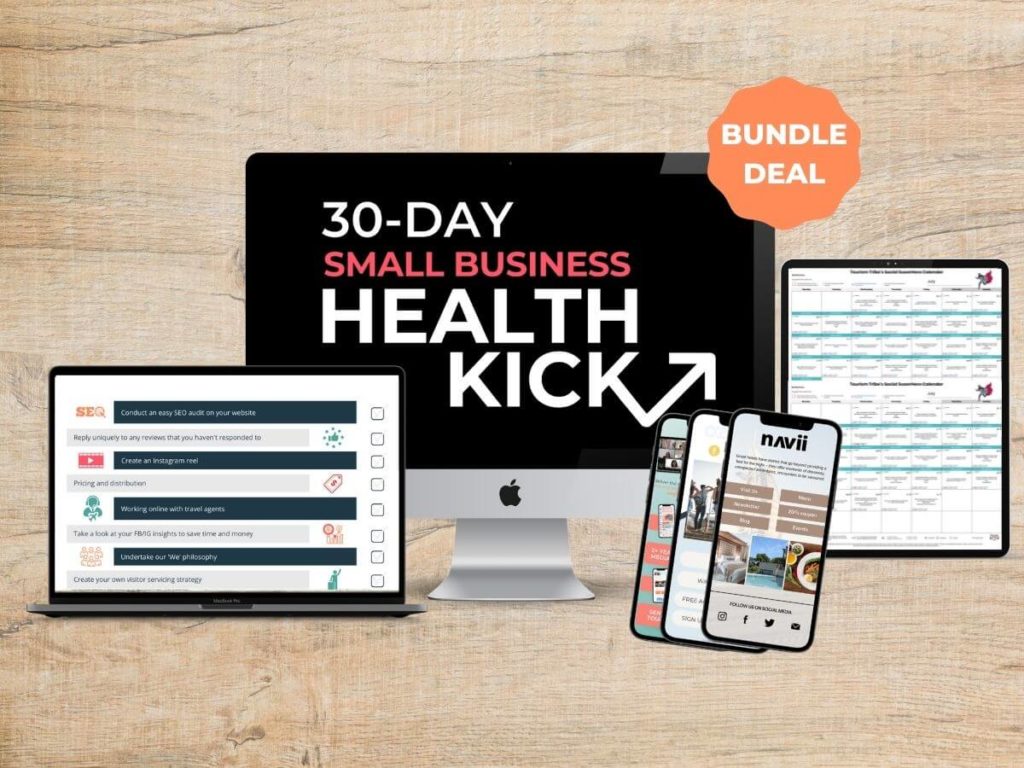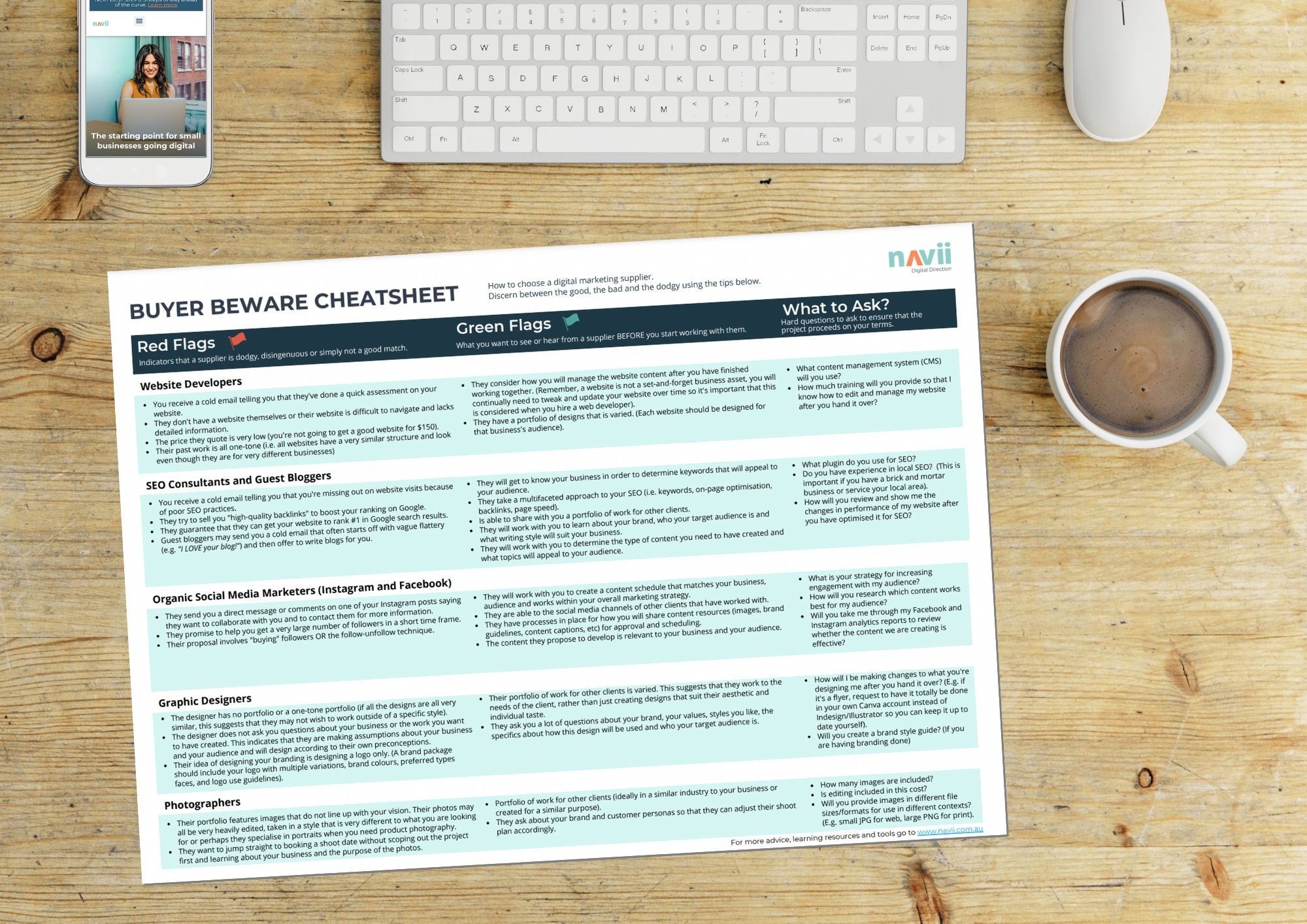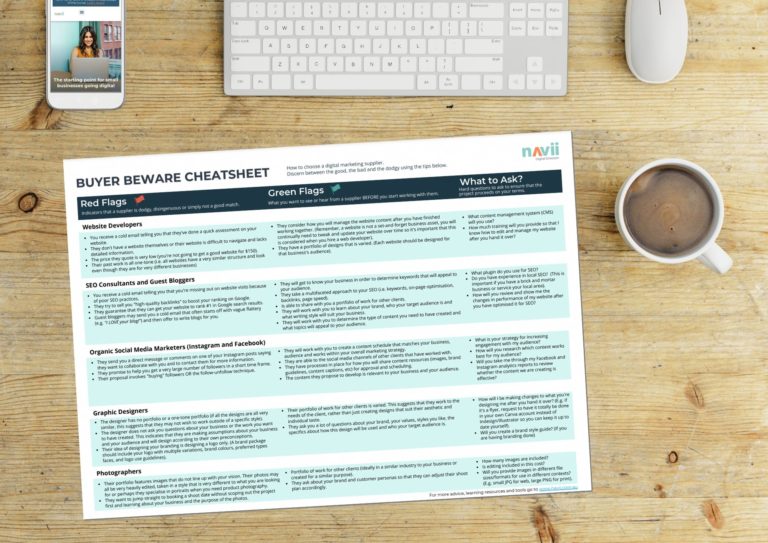Selling anything from paper bags to making multi-billion-dollar real estate deals is an art. And like the creation of any masterpiece, it takes time to develop the skills necessary to become sales savvy online which will eventually lead to lucrative revenue for your business.
Although there is no perfect technique for sales psychology, most sales tactics are distilled into one of two categories: hard sell and soft sell. Both tactics used at the right time and for the right product or service are crucial to your success. And understanding the difference between the two is as vital to your sales strategy as any other important business plan.
So, let’s take a closer look and both approaches and bring you one step nearer to becoming ‘sales savvy.’
1. The hard sell strategy
A hard sell is a direct and more aggressive sales strategy to achieve a quick sale and uses tactics that place a high degree of pressure on the client. As a result, a hard sell frequently has only one chance for success.
Examples of hard-sell tactics include advertising phrases such as:
- “Limited time only!”
- “Last chance!”
- “Get yours before supplies run out!”
- “Buy now!”
Hard sell tactics can also include cold calls, telemarketing, door-to-door selling, and tempting deals and discount coupons, all of which create a sense of urgency in the buyer. Hard sell tactics want to seal the deal and seal it now! The focus is on the product, not the consumer.
When to use a hard-sell strategy
It should be noted that most sales experts and customers perceive hard sales tactics as aggressive and high-pressure. Why? Because they are! That said, hard-sell can still be effective under certain circumstances; just avoid appearing rude, or you can damage your reputation while pushing away the sales you intended to gain.
Customers respond better to the hard sell of low-cost products because it’s easier to convince someone they need something less expensive. They are therefore more responsive to making the purchase.
Another opportunity for using hard-sell tactics is when a customer wants to replace a broken product, such as a coffee maker. They’re unlikely to take their time considering a vast array of options. Instead, their own urgency in needing a replacement is the perfect time for a hard sell.
Those who work on sales commissions, such as car salesmen, are notorious for hard-sell tactics. Once they become aware of what the buyer is looking for in a vehicle, they have a myriad of cars in their inventory to ensure you don’t leave the lot without driving home in one of them.
But again, be careful and use some common sense: Don’t try to sell a six-passenger van to someone who wants a compact car.
2. The soft sales savvy online strategy
Most sales experts recommend soft-sell tactics because it’s more subtle and relies on persuasion instead of aggression. The customer feels less pressured because the seller approaches them from a more empathetic position. The focus shifts away from the product to the consumer. The soft sell is proven to generate repeat sales because it builds a relationship with the customer over time.
The soft sell is more likely to engage in social media ads that encourage potential customers to reach out to them. In retail, it informs the customer about the product but gives them space to make their own decisions. All social media platforms are excellent venues for creating soft-sell product exposure.
When to use a soft sell strategy
Soft sells will not work if your sales require urgency. However, soft selling is usually effective in marketing large ticket purchases such as homes and other products that require the personal investment of time or money.
Quality, not quantity, should be your mantra. And this requires knowing your product thoroughly as well as your buyer’s needs. You are facilitating a good fit between product and consumer, and your buyer should experience you this way.
Here’s how to facilitate a soft sell:
- Know your product thoroughly
- Show a genuine interest in the experience of your prospective buyer
- Stay positive
- Offer value without asking for a sale
- Give them space to decide
Once you grasp the techniques for implementing a hard sell and a soft sell at the right opportunity, you can land those sales!
Let’s recap and take action?
Now your turn, make a list of your upcoming campaigns for the next 12 months and map out your sales strategy. Start with a target and then with your strategy of where in the campaign cycle you will take a hard approach and where you with go subtle and soft to help you reach your goals?
To sign up for more inspiration on how you can give your business a health kick, visit the Small Business Health Kick






